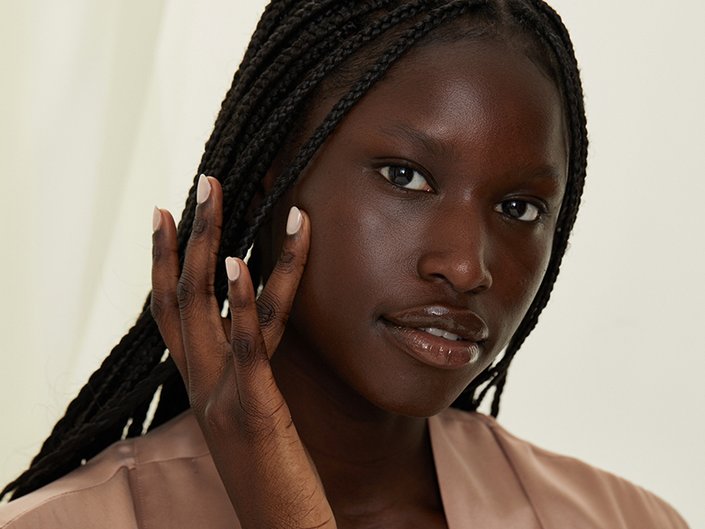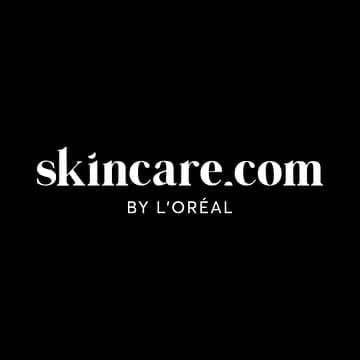How to Tell if Your Skin Is Purging or Breaking Out
October 17, 2022
How Can You Treat Breakouts?
While skin purging is a more temporary problem, breakouts can linger and last for long periods of time if not treated properly. To give your breakouts the proper treatment, Dr. Houshmand explains that this situation is best handled by seeing a board-certified dermatologist to make a customized treatment plan for you.
If you'd like to try over-the-counter products, scan the label for acne-fighting ingredients like benzoyl peroxide or salicylic acid. We recommend the CeraVe Acne Foaming Cream Cleanser, which contains benzoyl peroxide, ceramides, hyaluronic acid and niacinamide. We also love the La Roche-Posay Effaclar Salicylic Acid Acne Treatment Serum, a multitasking product that helps clear existing breakouts, prevent new ones from forming and reduces the appearance of pores. Keeping a spot treatment on hand is another great tool for targeting blemishes that pop up here and there. We love the La Roche-Posay Effaclar Duo Acne Spot Treatment.
It’s also important to know that not all breakouts are the same. There are different types of breakouts, and they all have unique forms of treatment. This is why Dr. Houshmand suggests looking into the causes of your acne before you start trying different treatments. “You want to know what is causing your acne,” says Dr. Houshmand. “If it’s hormonal, it should be treated differently. It also depends on what type of skin you have: dry, oily, sensitive, etc.”




























